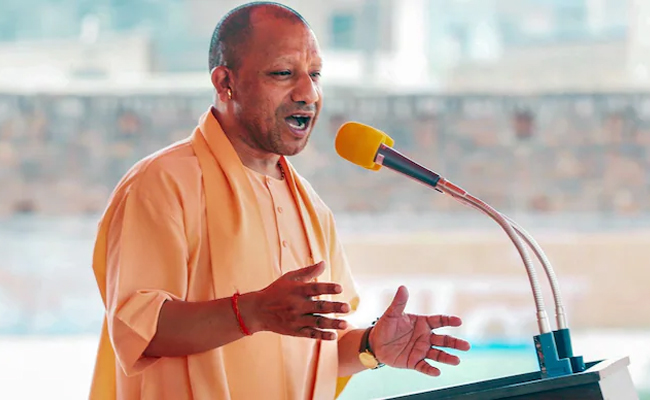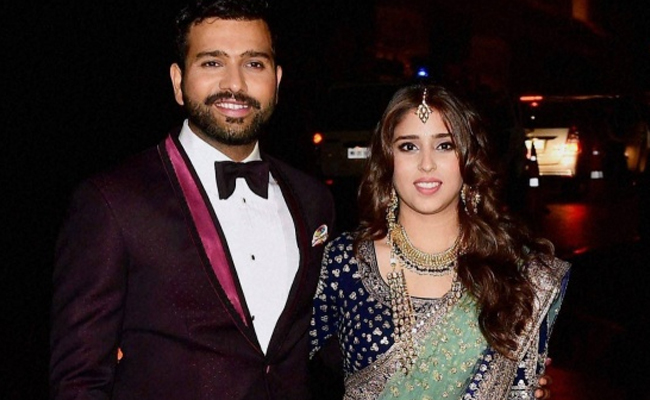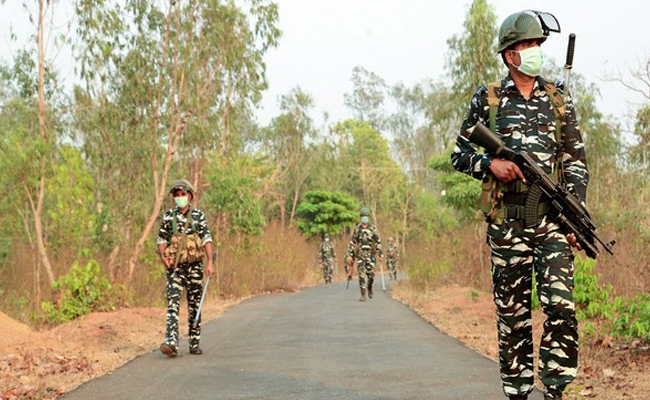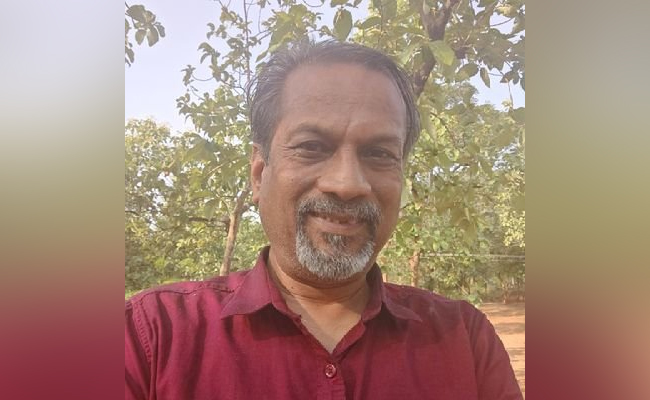Varanasi (UP) (PTI): Uttar Pradesh Chief Minister Adityanath on Friday said under the leadership of Prime Minister Narendra Modi and the efforts of the Namami Gange project, the once-polluted waters of the Ganga, considered unsafe even for bathing, have now become fit for rituals like 'aachman' (sipping holy water).
The chief minister was speaking at the inauguration ceremony of Namo Ghat by Vice President Jagdeep Dhankhar and to mark Dev Deepawali. UP Governor Anandiben Patel and Union Minister for Petroleum and Natural Gas Hardeep Singh Puri also attended the event.
"It is my privilege to witness the unique festival of Dev Deepawali," Adityanath said.
He also extended greetings on Guru Nanak Dev's 555th Prakash Parv and Tribal Pride Day, commemorating the birth anniversary of Bhagwan Birsa Munda.
Union minister Puri welcomed the guests, extending wishes for Dev Deepawali and Guru Nanak Dev's Prakash Parv. Referring to big 'Namaste' sculpture made at Namo Ghat, Puri said it was constructed using 350 tons of steel and 50 tons of 'ashtadhatu' (eight-metal alloy).
"The Namo Ghat has been developed as a model project," Puri added.
Praising the development of Varanasi, Adityanath remarked, "Over the past decade, Kashi has witnessed a remarkable transformation in its identity and appearance. Earlier, the Ganga's waters were considered unsafe even for bathing.
"Today, due to Prime Minister Modi's initiatives under the Namami Gange project, the water is now pure enough for 'aachman'," he noted.
Referring to the ghat now popularly known as Namo Ghat, Adityanath added, "The people of Kashi affectionately call it 'Narendra Modi Ghat' to express their gratitude to the prime minister."
He said under PM Modi's leadership, Kashi's identity is now defined by its clean and picturesque ghats, Vishwanath Dham, wide four-lane and six-lane roads, excellent train connectivity and an international airport.
Highlighting Namo Ghat, he described it as "more than just a riverbank", calling it an "unparalleled" location that has now become the city's "longest and most beautiful ghat".
CM Adityanath referred to Dev Deepawali as the "Diwali of the Gods", adding, "PM Modi's efforts have elevated this festival to a global stage, bringing it widespread recognition."
Meanwhile, Puri underscored the environmental efforts in Varanasi, noting that earlier pollution caused by diesel-powered boats has been addressed by converting them to CNG.
This transition not only helped reduce pollution but also created new employment opportunities for local boatmen, he said.
The Union minister said Namo Ghat now features a CNG station and, under the prime minister's directives, floating CNG and mobile charging stations have been established on the Ganga River.
The ceremony at Namo Ghat began with a traditional lighting of five lamps near the iconic 'Namaste' sculpture by the dignitaries, formally inaugurating the Dev Deepawali festival. The event also featured captivating cultural performances.
Artists from Odisha performed a dance to the tune of 'Namo Namo', followed by Kuchipudi performances by groups from the US and Australia on the theme 'Cosmic Shiva', leaving the audience spellbound.
Let the Truth be known. If you read VB and like VB, please be a VB Supporter and Help us deliver the Truth to one and all.
Jaipur: The Rajasthan High Court has held that words like "Bhangi," "Neech," "Bhikhari," and "Mangani" are not caste names and their usage does not attract charges under the Scheduled Castes and the Scheduled Tribes (Prevention of Atrocities) Act, 1989 (SC/ST Act).
Justice Birendra Kumar made this observation while quashing SC/ST Act charges against four individuals accused of using these terms against public servants inspecting alleged encroachments in Jaisalmer in January 2011.
The Court noted that the words used did not refer to any caste and there was no indication that the accused intended to humiliate the public servants based on their caste. The judge further remarked that the alleged actions appeared to be a protest against the officials’ measurement process rather than an act of caste-based discrimination.
The case originated from a criminal complaint lodged after the accused allegedly obstructed officials and used abusive language during an encroachment inspection. Initially, the police found no evidence and filed a negative report. However, a protest petition led the trial court to frame charges under Sections 353, 332, and 34 of the Indian Penal Code (IPC) and Section 3(1)(X) of the SC/ST Act.
Counsel for the accused argued that the petitioners were unaware of the officials' caste and there were no independent witnesses to prove that the incident occurred in public view. The High Court agreed, observing that only the informant and officials were witnesses, with no independent corroboration of the claims.
While discharging the accused from SC/ST Act charges, the Court upheld the charges under IPC Sections 353 and 332, finding prima facie evidence of obstruction and causing hurt to deter public servants from performing their duties.
The petitioners were represented by Advocate Leela Dhar Khatri, while Public Prosecutor Surendra Bishnoi appeared for the State.


_vb_07.jpeg)


